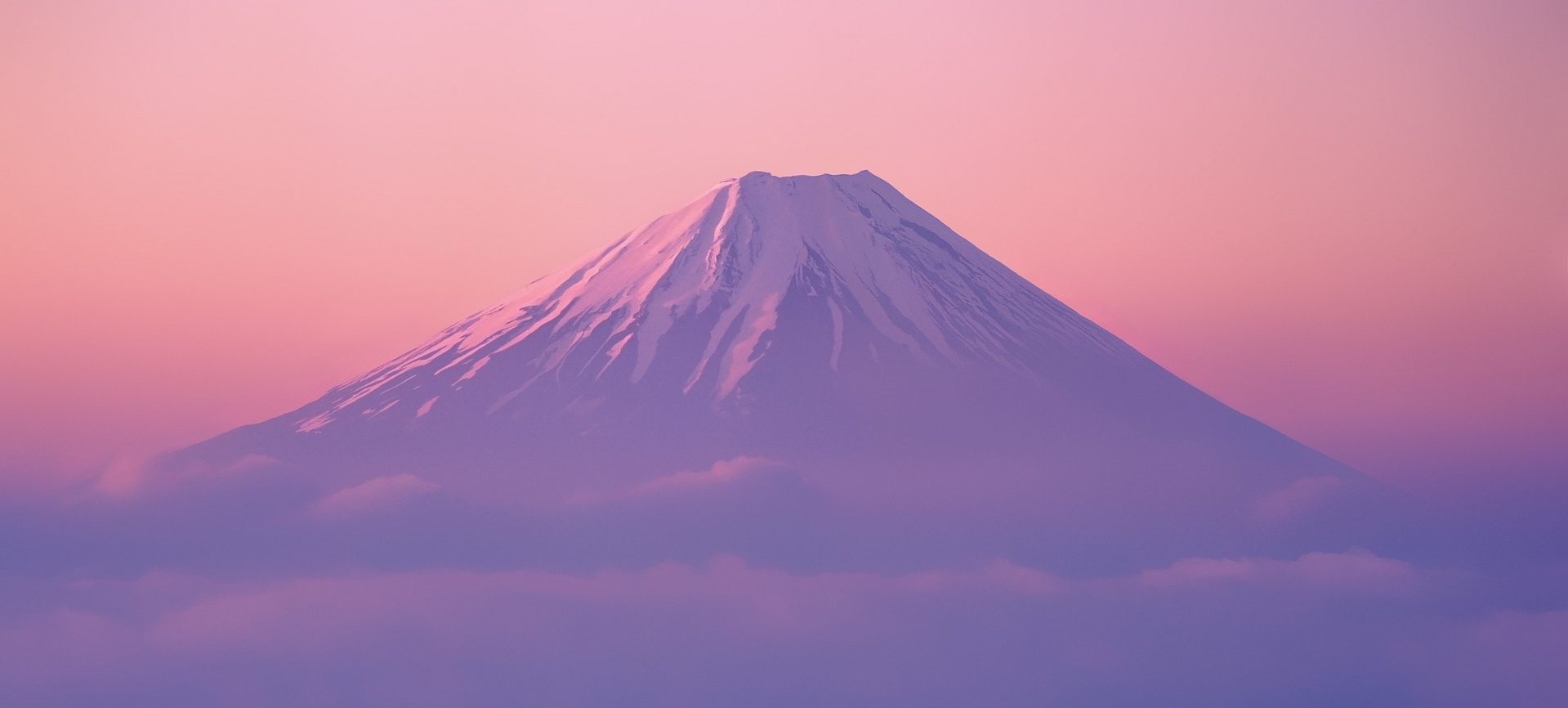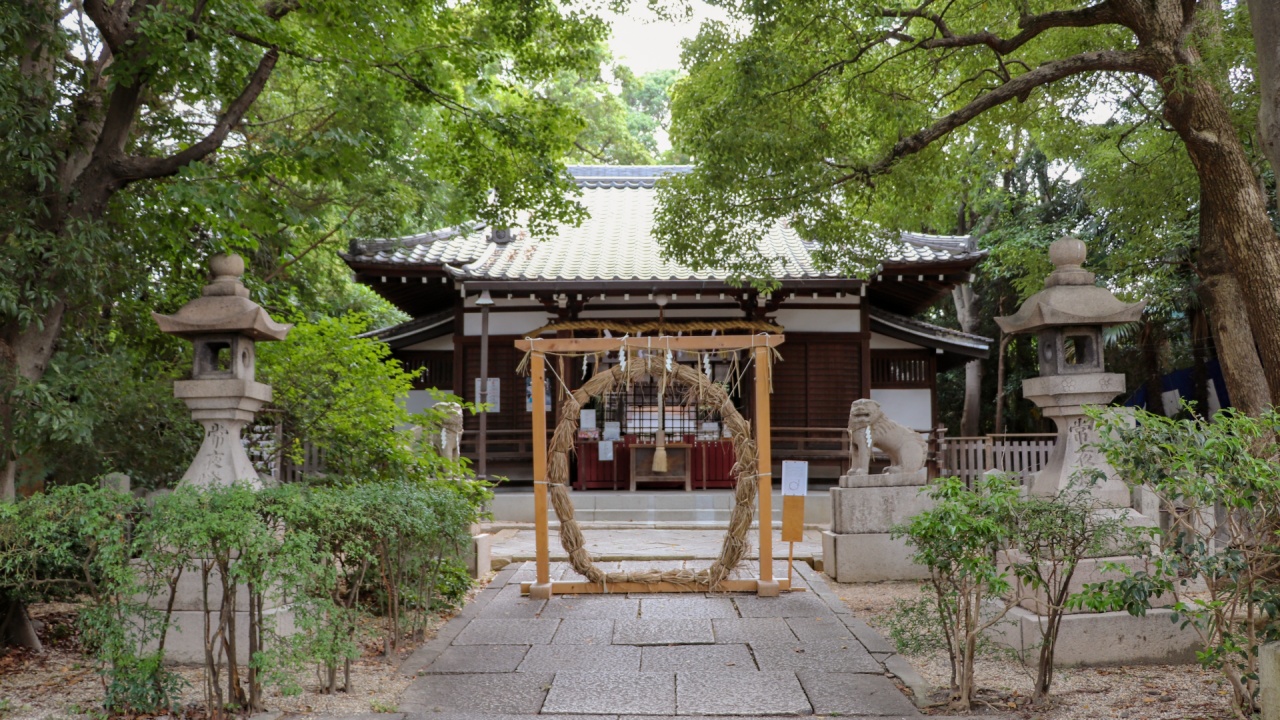6月晦日(みそか)に行う大祓(おおはらえ)の行事をさし,単に夏越,または水無月(みなづき)祓などともいう。(中略)この行事は内容的・形式的に2方向に区分することができる。一つは,各地の神社で行われている茅輪(ちのわ)くぐりの行事である。鳥居のところに大きな茅で輪をつくり,そこをくぐると罪穢(つみけがれ)が祓われ,無事暑い夏が越せるというものである。また神社から授与された人形(ひとがた)で身体をなでたりして罪穢を祓うというものもある。
世界大百科事典
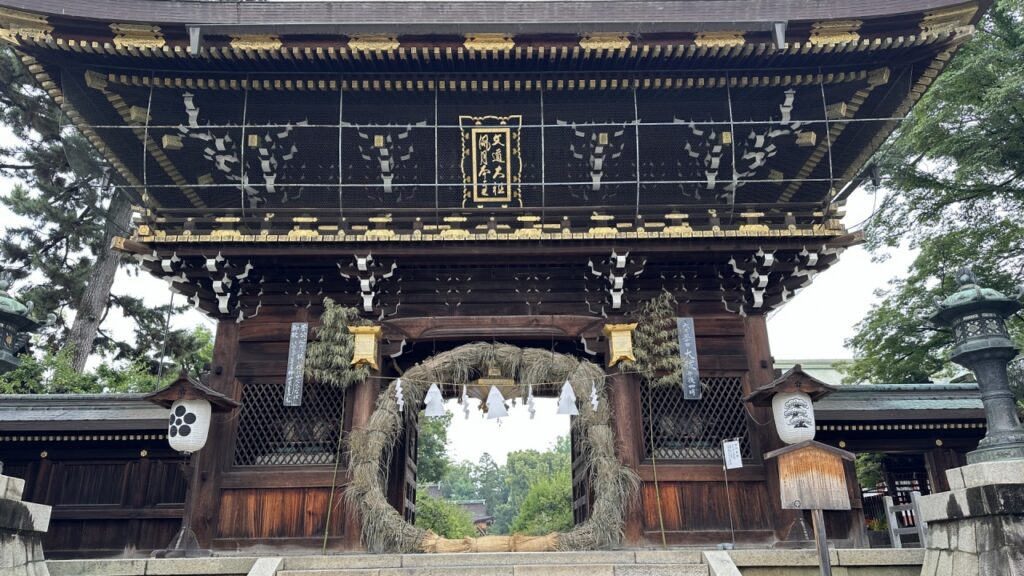
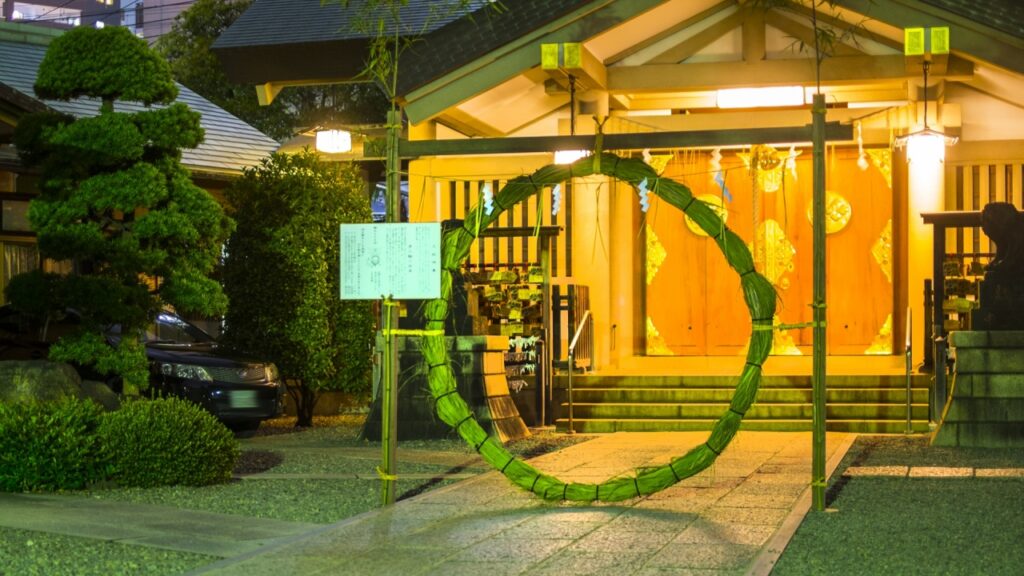
It refers to the Oharae event held on the eve of June, and is also simply called Natsukoshi or Minazuki Harae. (Omitted) This event can be divided into two categories in terms of content and form. One is the Chi-no-wa (Japanese grass) ring-crossing event that is held at shrines around the country. A large grass ring is made at the torii gate, and if you pass through it, your sins will be purged and you will be able to pass the hot summer safely. There is also a tradition of purifying one’s sins by stroking one’s body with a doll (Hitogata) given by a shrine.

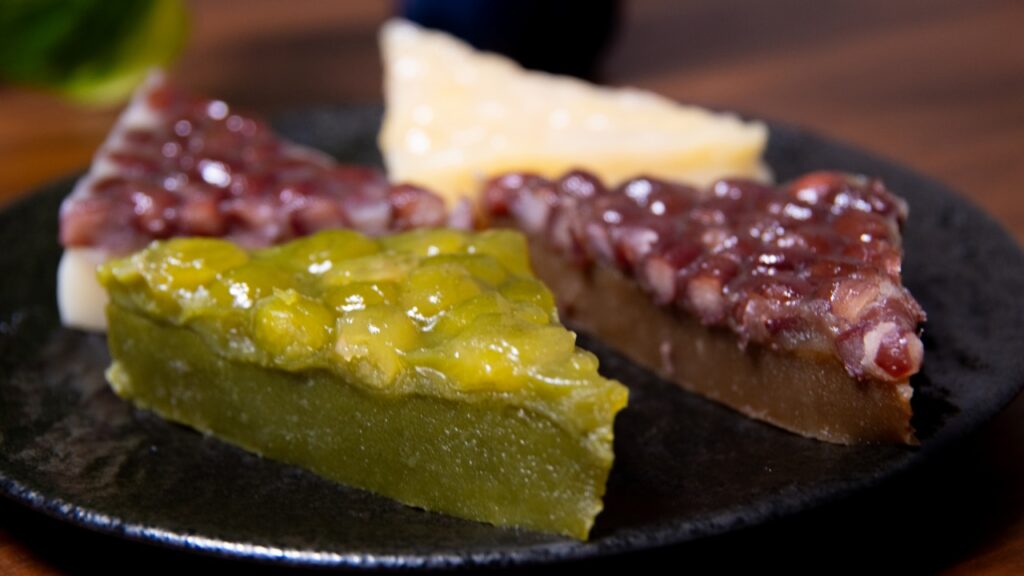
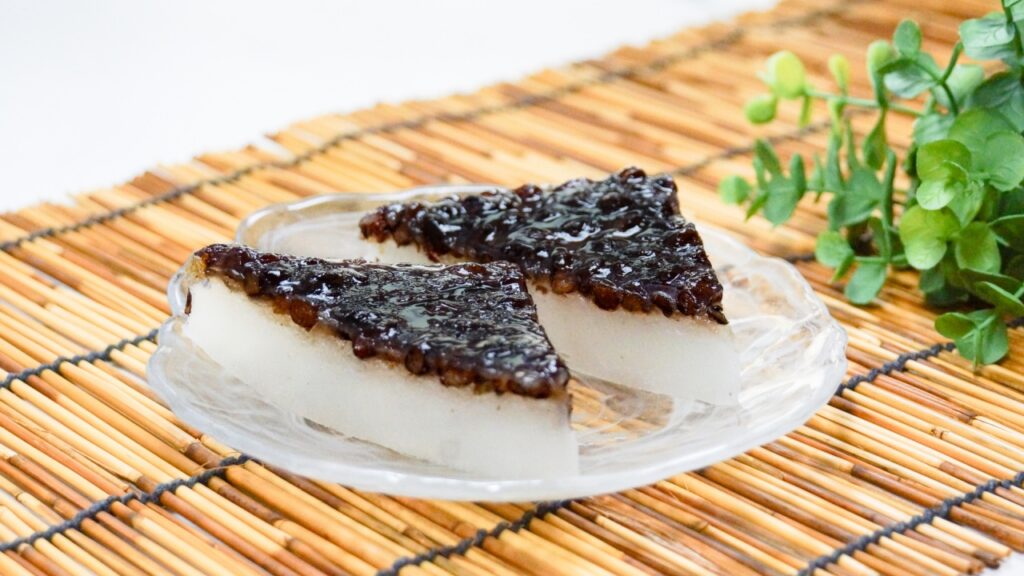
夏越の祓(なごしのはらえ)、つまり6月30日にいただくのが、和菓子「水無月(みなづき)」です。
The Japanese sweet “Minazuki” is eaten on June 30th, which is called Nagoshi no Harae.
京都では1年のちょうど折り返しにあたるこの日に、この半年の罪や穢れを祓い、残り半年の無病息災を祈願する神事「夏越祓(なごしのはらえ)」が行われます。
甘春堂 水無月(みなづき)
この「夏越祓」に用いられるのが、6月の和菓子の代表ともいうべき「水無月」です。水無月は白の外郎生地に小豆をのせ、三角形に包丁された菓子ですが、それぞれに意味がこめられています。水無月の上部にある小豆は悪魔払いの意味があり、三角の形は暑気を払う氷を表しているといわれています。
In Kyoto, on this day, which marks the halfway point of the year, the Shinto ritual “Nagoshi no Harae” is held to exorcise the sins and impurities of the past six months and pray for good health for the remaining six months.
The item used for this ”Summer Purification” is “Minazuki,” which can be said to be the representative Japanese sweet for June. Minazuki is a confectionery made of white Uiro dough topped with azuki beans and cut into triangular shapes, each with its own meaning. The red bean at the top of Minazuki has the meaning of exorcising evil spirits, and the triangular shape is said to represent ice that wards off heat.
